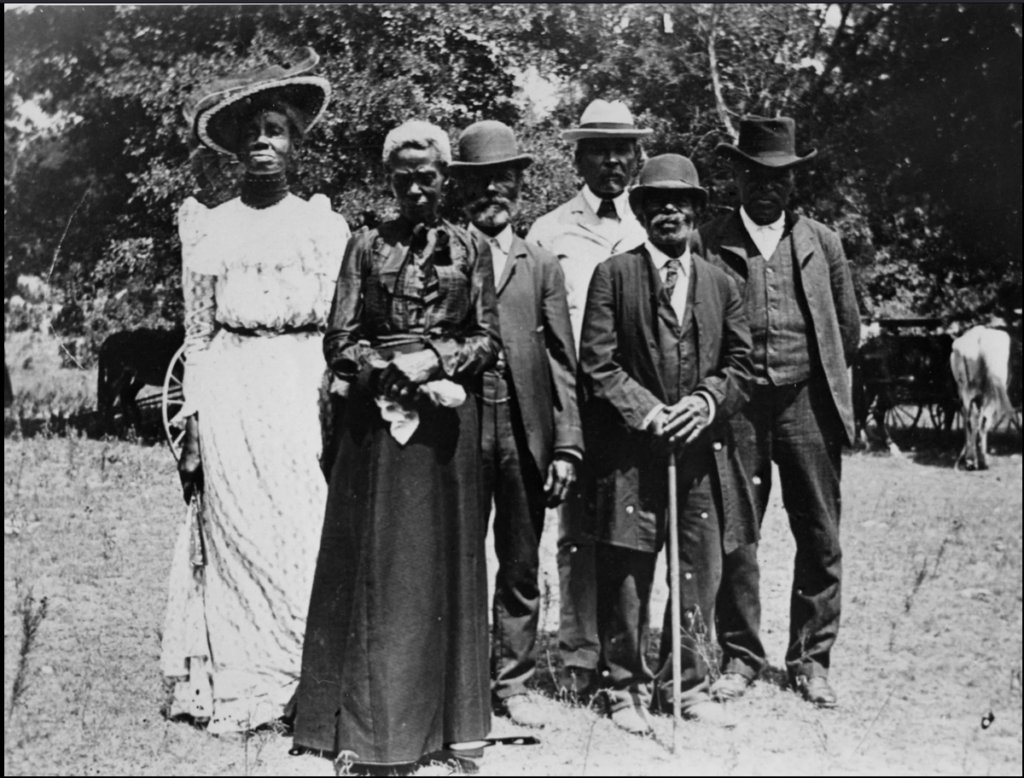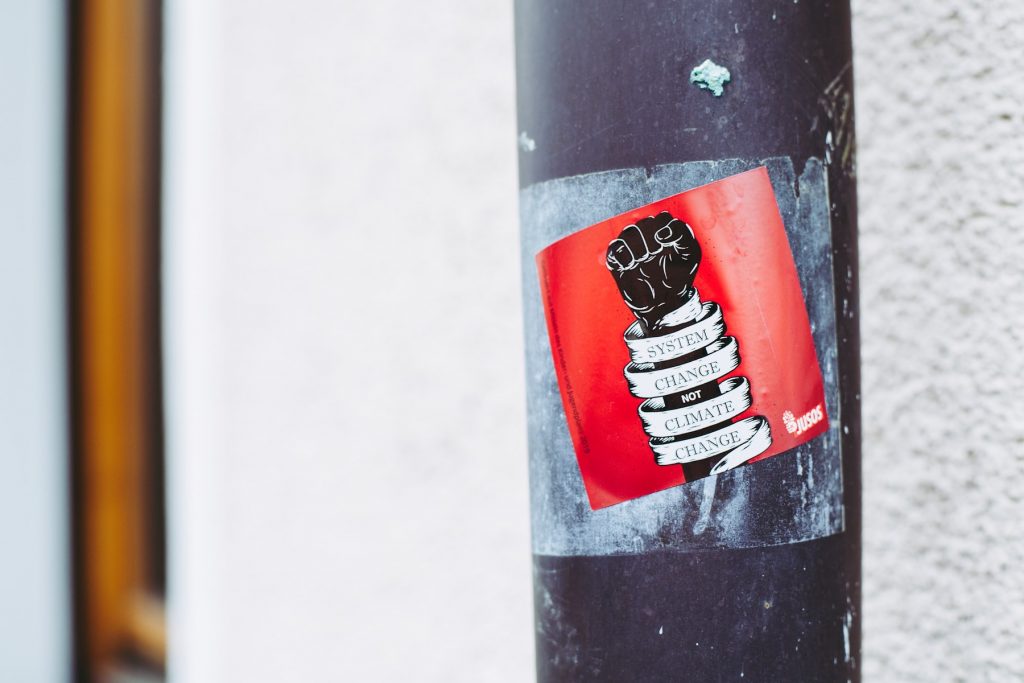// Category: Frameworks
![[Photo of Trayvon Martin]](https://narrativeinitiative.org/wp-content/uploads/2022/09/Trayvon_1920-1024x662.png)
More Than Words: Trevor Smith connects anti-Black stereotypes to lethal violence
The Changemaker Authors Cohort, a partnership with the Unicorn Authors Club, is a new, yearlong intensive coaching program supporting full-time movement activists and social justice practitioners to complete books that create deep, durable narrative change, restructuring the way people feel, think, and respond to the world. This interview series features participants in the inaugural cohort….

Worlds of Possibility
The Changemaker Authors Cohort, a partnership with the Unicorn Authors Club, is a new, yearlong intensive coaching program supporting full-time movement activists and social justice practitioners to complete books that create deep, durable narrative change, restructuring the way people feel, think, and respond to the world. This interview series features participants in the inaugural cohort….
Messaging vs. Narrative
A guide to the differences between messaging and narrative and how to incorporate both into successful op-ed projects. Download the messaging worksheet, too.

Moving Beyond “Making The Case”: How We Build Narrative Power For Reparations
(This is part 1 of a 2 part series between Liberation Ventures and Narrative Initiative on narrative change and reparations.) “The world has never seen any people turned loose to such destitution as were the four million slaves of the South. They were free without roofs to cover them, or bread to eat, or…
Building relationships: How to capitalize on the momentum of your op-ed
You have your argument, you’ve identified your audience, and you’ve pitched your op-ed with successful results. Now what? How do you keep the momentum going? How do you continue the conversation with your audience? How do you consistently access large platforms where your audience gathers without the possibility of being blocked by gate keepers? The answer to all of these questions is: build relationships.
Pitch Perfect: How to place your op-ed and get it published
A guide to hook, book, cook and developing an op-ed pitch that’s clear, concise and helps you get your op-ed used by editors.

Who are you talking to? The audience of an op-ed
Audience identification and communication are essential to narrative change projects. Here we dig into finding and reaching an audience for op-eds.

Terms of Abuse: White Supremacy, Structural Racism and White Nationalism
Scot Nakagawa guides us through the cultural and legal systems of white supremacy, structural racism and white nationalism to find new narrative power.

Systems Language for Narrative Power
Our systems language too often disempowers people. Putting people into systems stories as proactive agents of change is a skill we can practice and improve to create more powerful narrative change.

Narrative Organizing: How we shift power towards justice
Narrative organizing is the act of building, creating and using narrative to shift power towards justice, equity and democracy. Here we look at why we connect narrative to organizing. We will describe narrative organizing and highlight some of the practices and skills we have found necessary to do narrative organizing.